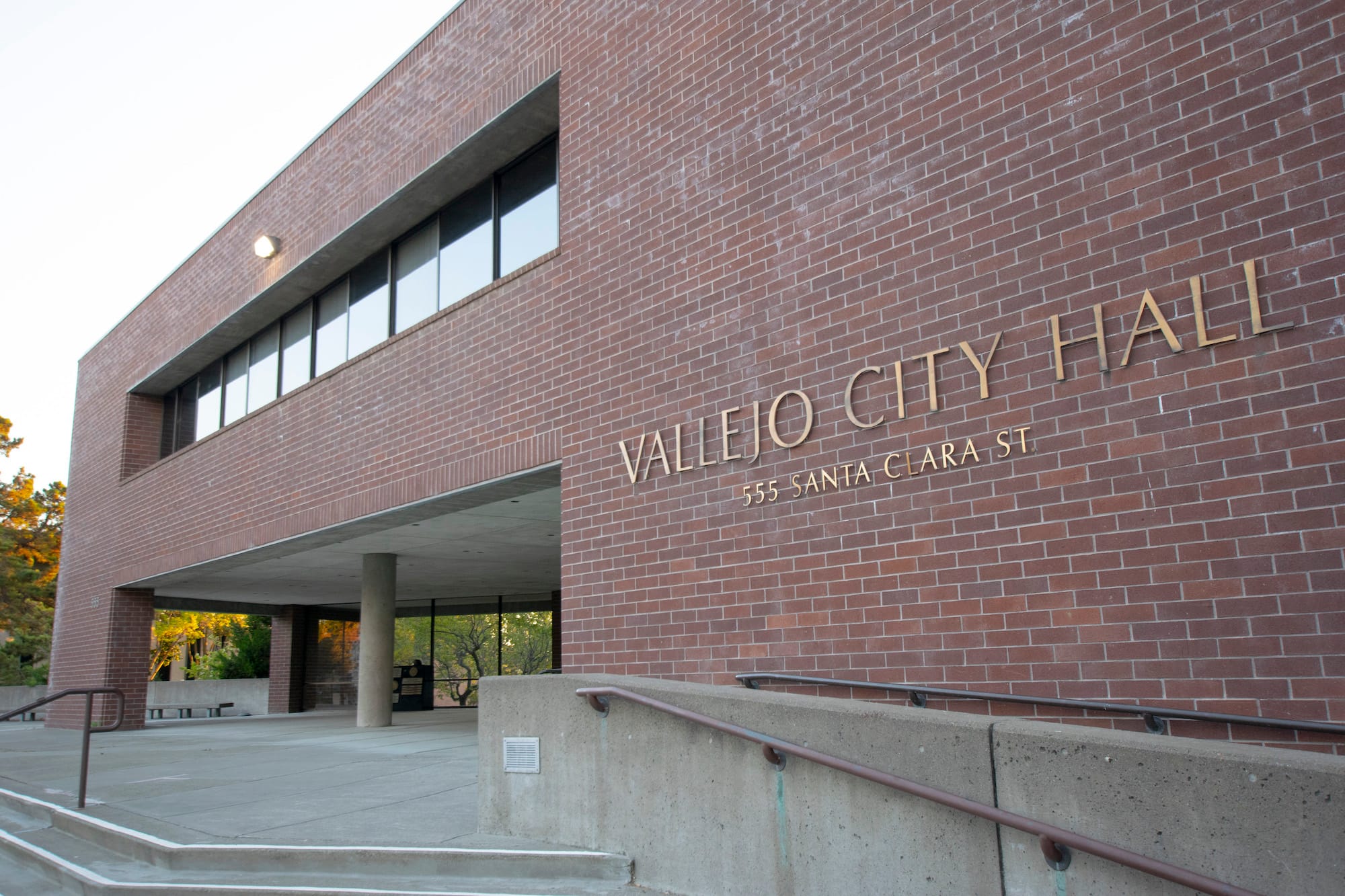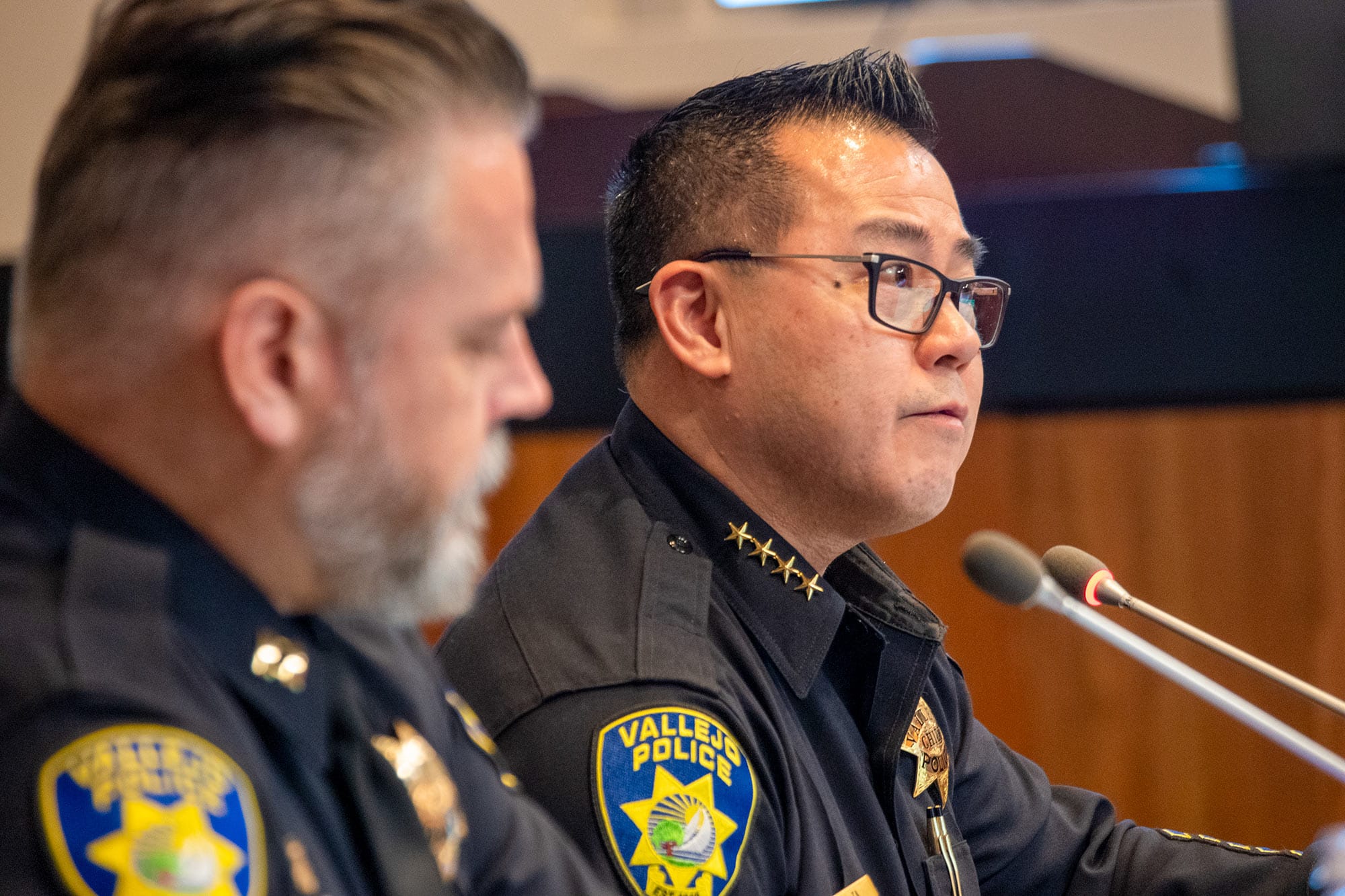VALLEJO – The Vallejo City Council will be asked Tuesday to approve the purchase 10 automated license plate readers (ALPR) for use on Mare Island.
In a written report to the council, Vallejo police Chief Shawny Williams said the readers will “enhance the security of Mare Island and add additional cameras to the City’s automated license plate readers network to further the Police Department’s crime reduction strategies.”
The 10 Flock Safety ALPR cameras will cost the city $56,601 and be paid for from Mare Island Community District Fund.
According to Williams, the cameras can be mounted to bridges, traffic lights, overpasses, and light posts. When activated, the ALPR checks the license plate “against a database of vehicles known to be associated with a crime or suspected offender,” he added.
“Flock Safety cameras will be beneficial both from a post investigative and reactive way as well as significant to front-line patrol officers. Officers receive alerts from the stolen vehicle system and be on the lookout alerts (BOLO),” Williams wrote. “Officers will be able to query both plates and vehicles with the machine learning capability of the system.”
Actual purchase of the cameras is dependent on the council approving the execution of a second amendment to the master agreement with Axon Enterprises, which is a partner with Flock Safety.
In December 2019, the council approved a five year $1.5 million agreement with Axon for body-worn cameras, TASERS, and access to Axon software platforms.
Over the past year, the city has increased its reliance on license plate readers with officials arguing the new technology will help the police department maximize its resources.
The citizen group, Oakland Privacy, reported in March 2020 that the Bay Area Urban Areas Security Initiative (BAUASI) signed off on a $30,000 grant for the department’s ALPR project.
According to the department’s grant application, the funding was used to establish an ALPR “camera system for eastbound and westbound traffic lanes approaching the Ferry Terminal, Ferry Terminal Parking Structure and waterfront,” Oakland Privacy reported.
Vallejo police sends the collected ALPR images to the Northern California Regional Intelligence Center.
“In the six months from July 2019 to December 2019, Vallejo sent more than 5 million images collected from its ALPRs to NCRIC,” Oakland Privacy added in its report.
And just last June the city amended its contract with Axon by $63,000 for the purchase of 10 similar ALPR cameras ” to be deployed in hotspot areas of the city,” Williams confirmed in the same report tot he council.
Before you go...
It’s expensive to produce the kind of high-quality journalism we do at the Vallejo Sun. And we rely on reader support so we can keep publishing.
If you enjoy our regular beat reporting, in-depth investigations, and deep-dive podcast episodes, chip in so we can keep doing this work and bringing you the journalism you rely on.
Click here to become a sustaining member of our newsroom.
THE VALLEJO SUN NEWSLETTER
Investigative reporting, regular updates, events and more
- policing
- ALPR
- Vallejo City Council
- Vallejo Police Department
- Vallejo City Hall
- privacy
- Shawny Williams
- government
- surveillance

John Glidden
John Glidden worked as a journalist covering the city of Vallejo for more than 10 years. He left journalism in 2023 and currently works in the office of Solano County Supervisor Monica Brown.
follow me :




